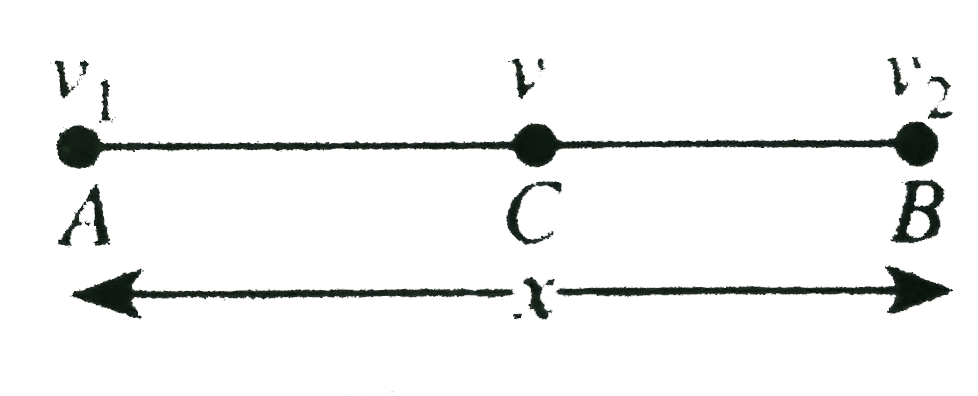A particle moving with a uniform acceleration along a straight line covers distances a and b in successive intervals of p and q second. The acceleration of the particle is
pq(p+q)2(bp−aq)
2(aq−bp)pq(p−q)
bp−aqpq(p−q)
2(bq−aq)pq(p+q)
The correct Answer is:D
Step by step video, text & image solution for A particle moving with a uniform acceleration along a straight line covers distances a and b in successive intervals of p and q second. The acceleration of the particle is by Physics experts to help you in doubts & scoring excellent marks in Class 11 exams.
Topper's Solved these Questions
- BOOK - GRB PUBLICATIONCHAPTER - MOTION IN A STRAIGHT LINEEXERCISE - More than one choice is correct16videos
MOTION IN A STRAIGHT LINE
- BOOK - GRB PUBLICATIONCHAPTER - MOTION IN A STRAIGHT LINEEXERCISE - Assertion Reason12videos
MOTION IN A STRAIGHT LINE
- BOOK - GRB PUBLICATIONCHAPTER - MOTION IN A STRAIGHT LINEEXERCISE - Problems and Practice16videos
MOTION IN A STRAIGHT LINE
- BOOK - GRB PUBLICATIONCHAPTER - FRICTION AND CIRCULAR MOTION EXERCISE - Comprehension type11videos
FRICTION AND CIRCULAR MOTION
- BOOK - GRB PUBLICATIONCHAPTER - MOTION IN TWO AND THREE DIMENSIONSEXERCISE - All Questions210videos
MOTION IN TWO AND THREE DIMENSIONS
Similar Questions
A car starting from rest and moving along a straight path with uniform acceleration covers distances p and q in the first two successive equal intervals of time. Find the ratio of p to q.
View SolutionA car starting from rest and moving along a straight path with uniform acceleration covers distances p and q in the first two successive equal intervals of time. Find the ratio of p to q.
View Solution
Knowledge Check
- Question 1 - Select One
A particle is moving along a straight line.
AIf the acceleration of the particle is more than that of another object, the particle is moving faster.BIf the acceleration is positive, the speed must be increasing.CIf the acceleration and the velocity have the same sign, the speed must be increasing.DIf the acceleration is zero, the velocity is constant but the speed may be changing. - Question 2 - Select One
A body moving in a straight line with constant acceleration covers distances a and b in successive equal time interval of t. The acceleration of the body is
Aa+bt2Bb−at2C2b−a2t2Db−2at2 - Question 3 - Select One
The displacement of a particle moving in a straight line, is given by s=2t2+2t+4 where s is in metres and t in seconds. The acceleration of the particle is.
A2m/s2B4m/s2C6m/s2D8m/s2
A particle moves with uniform acceleration along a straight line from rest. The percentage increase in displacement during sixth second compared to that in fifth second is about
View SolutionA particle moving with uniform acceleration from A to B along a straight line has velcities v1 and v2 at A and B respectively. If C is the mid-point between A and B then determine the velocity of the particle at C .
 .View Solution
.View SolutionA particle moving with uniform retardation covers distances 18 m, 14 m and 10 m in successive seconds. It comes to rest after travelling a further distance of
View SolutionIf a particle moves with uniform speed its tangntial acceleration will be
View SolutionA particle moves in a straight line with a constant acceleration. It passing through a distance 135 m in t second. The value of t (in second) is
View Solution

